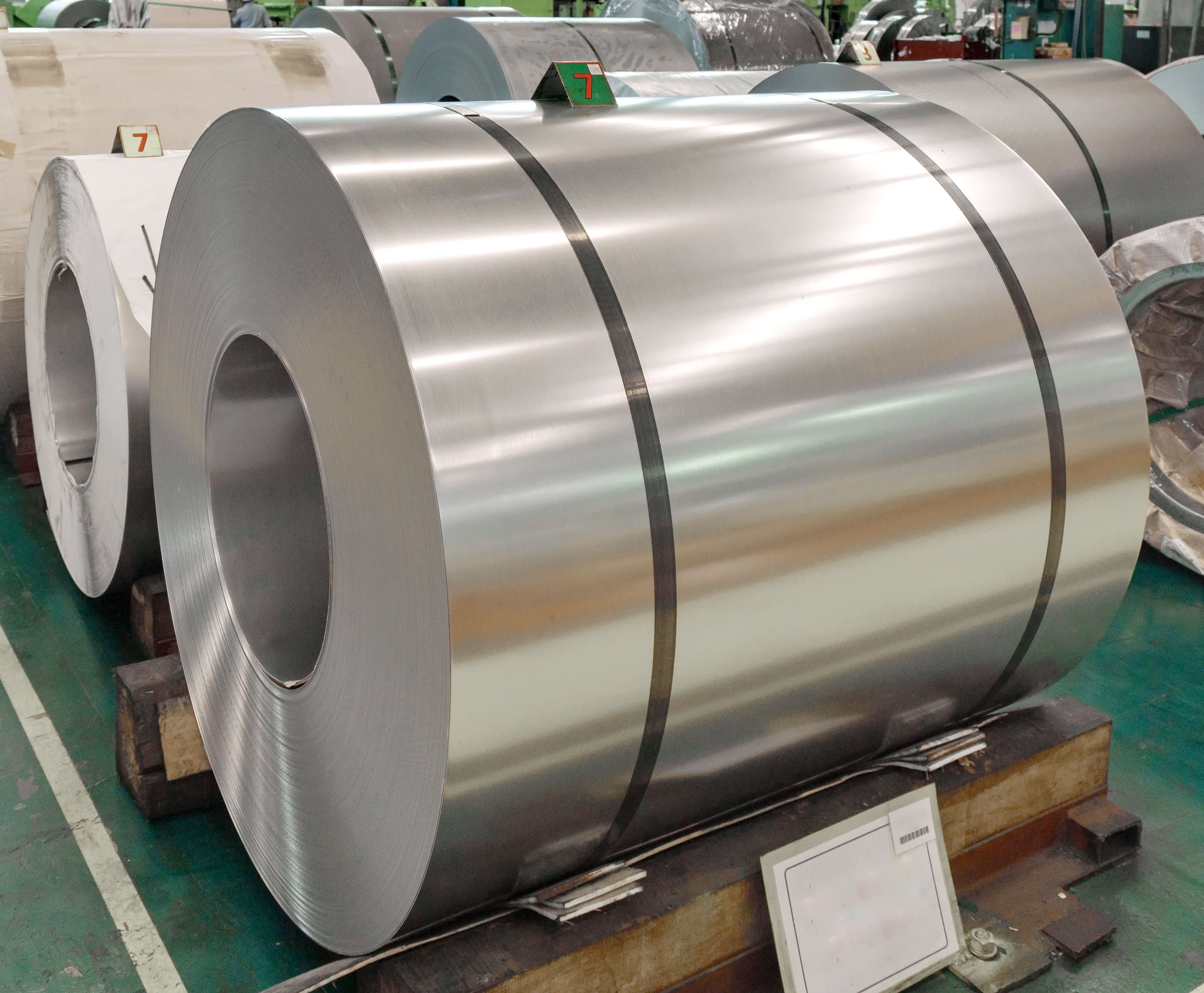Stainless steel is a low-carbon alloy with at least 10.5% chromium, which enables the formation of an inert coating of chromium oxide. This layer of chromium oxide on stainless steel is responsible for most of the smooth and flawless finishing. Stainless steel has many advantages that make it well worth the higher cost. These include ease of use, corrosion resistance, compatibility with hygiene products, low maintenance, temperature tolerance, and general sustainability. Numerous stainless steel grades—such as the 300 or 400 series—are further broken down into various types of families based on their metallurgical properties. Austenitic, ferritic, martensitic, and duplex family groups of stainless steel are more widely used. We had written about the different stainless steel graders in one of our earlier articles. The desired qualities of the application will determine the grade or kind of stainless steel to utilise for fabrication.
Stainless steel is ideal for various fabrication projects due to its versatility. It is an excellent choice for applications where moisture, humidity, rain, snow, mist, fog, etc, will come into contact with the product. Here are 6 of the most popular sectors that use stainless steel manufacturing to create parts, components, and finished goods.
1. Medical applications - Stainless steel's biocompatibility and hygienic qualities make it ideal for medical tools, instruments, and devices. Austenitic stainless steel grades 304 and 316 are used in surgical instruments, implants, stents, and hypodermic needles and are regarded as surgical or medical-grade stainless steel.
2. Food processing and equipment - Stainless steel is the material of choice for applications requiring rigorous hygiene standards since it is easy to clean. It is utilised in commercial food processing equipment, including tanks and vats, cutlery, kitchenware, refrigerators, tables and countertops, sinks, and cookware.
3. Energy - Numerous items and components used in the energy sector rely on fabricating stainless steel due to its resistance to heat, chemicals, and corrosion. Stainless steel is used in pipelines, wind turbines, oil and gas platforms, and renewable energy sources.






 +91 7208055523
+91 7208055523
 Help & support
Help & support
